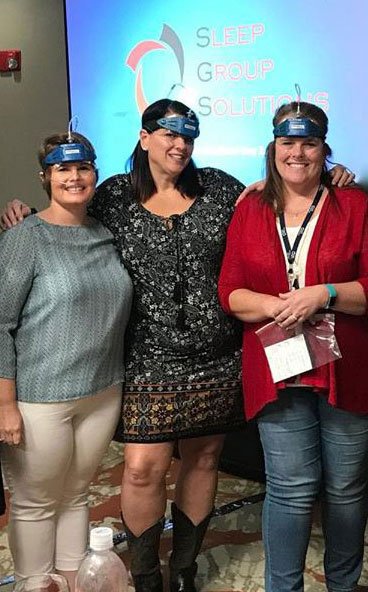A Unique Case Review with Daniel E. Taché, DMD, DABDSM
A Unique Application of A Mandibular Repositioning Device to Manage Both Temporomandibular Joint Dysfunction and Sleep-Related Breathing Disorders When Co-existing in the Same Patient.
In an editorial piece which appeared in The Journal of the Craniomandibular Practice and Sleep4 2013, Dr. Shapira reminded those of us who treat patients with orofacial pain and temporomandibular joint disorders (TMD) that oftentimes, these patients present to our office with a laundry list of symptoms which are seemingly unrelated to “the jaws and teeth” but often improve from our treatment, most notably symptoms such as:
• Fibromyalgia
• Chronic fatigue syndrome
• Migraine/tension headache syndrome
• Irritable bowel syndrome
• Mitral valve prolapse syndrome
Because our understanding of how such conditions might be related, has until more recently been poorly understood, i.e. a medical mystery perhaps, TM disorders have largely been viewed as psycho/social disorders best treated by “psychological therapy and drugs.” These medically unexplained symptoms, are now most often referred to as the Functional Somatic Syndromes8. Because our medical doctors view our treatment of TMD patients as solely orthopedic in nature, there has been a disconnect between medical science and the almost miraculous improvement in the health of many of our patients, TM disorders have for many years, been referred to as The Great Imposter and our treatment protocols as almost voodoo in nature.
As Dr. Shapira went on to explain, “Sleep is the magic ingredient that explains many of the amazing improvements seen in treated TMD patients.” Undetected and unmanaged sleep disturbances associated with TMJ disorders will often compromise treatment outcomes and reduce the effectiveness of our treatment to reduce these associated symptoms in TMD patients. Sleep disorders increase systemic inflammation which in turn can adversely affect the cardiovascular system because of the constant cardiac activation occurring during sleep microarousals; these microarousals lead to increased sympathetic dominance of sleep which also been implicated in diabetes and high blood pressure.
Newer concepts and techniques for diagnoses and analyses are changing the very nature of how we practice dentistry, which enable us to more fully evaluate and manage our patients. Availing ourselves of current technology and incorporating it into every day protocols of patient assessment will greatly enhance the ability of all dentists to identify patients at risk for sleep-related breathing disorders (SRBD) in our every day practice of Dentistry and because available technology can be delegated to support staff, we can conceivably extend this optimum level of care to every patient we see.
Temporomandibular disorders have been linked to sleep disturbances; a chief complaints of a majority of TMD patients is unrefreshing sleep and pain and residual fatigue upon awakening.10-13
In several studies, a majority of TMD patients have reported unrefreshing sleep and furthermore that poor sleep quality and symptoms associated with TMD have a bi-directional relationship. Pain-related awakenings from sleep have been shown to have a profound negative effect upon the intensity and severity of masticatory myofascial pain and pain threshold.1-3 A polysomnographic study studies the prevalence of sleep disorders in TMD patients revealed that 45% of the population of patients studied were diagnosed with one sleep disorder and 26% with two sleep disorders.1 A population of patients whose primary subjective complaints of nighttime teeth grinding were found to have a prevalence of sleep-related breathing disorders, specifically obstructive sleep apnea, of 70%.7 How often do we hear such complaints from many of our non-TMD or sleep disorder patients? It is interesting to note that a repeated prevalence study looking at a general dental population found that 5% of all female and 32% of all male patients who visit their hygienist for recare are likely to have an undiagnosed SRBD.9


